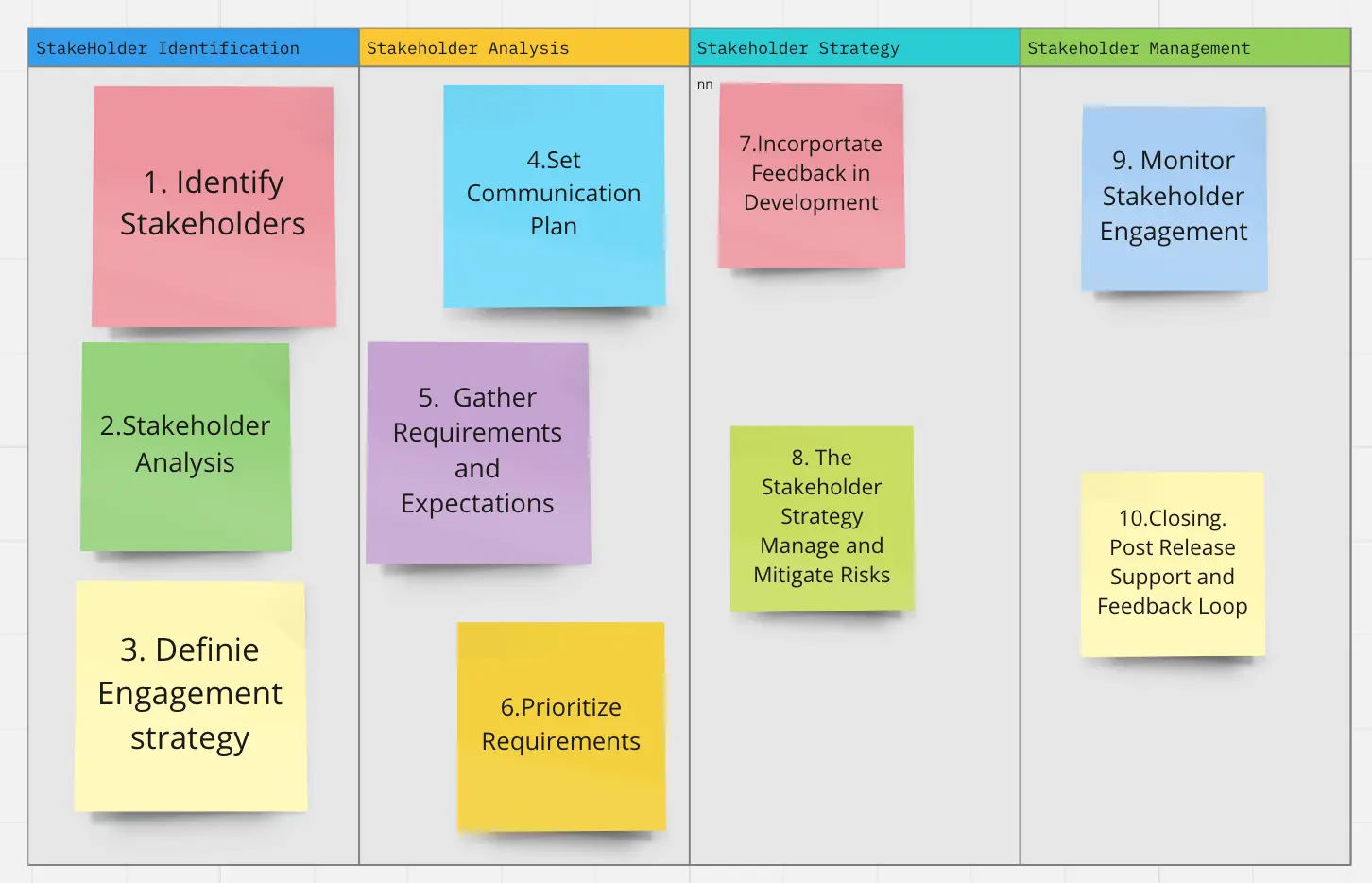Scrum Simplified: Mastering Agile Project Management - Dive into the world of Scrum, an agile framework designed to enhance team collaboration, efficiency, and adaptability in project management.
This concise guide offers an introduction to Scrum's key principles, roles, events, and artifacts, providing a roadmap for teams to navigate complex projects, adapt to changing requirements, and deliver high-quality products with agility and precision. Perfect for beginners and seasoned practitioners alike, it demystifies Scrum practices and values, empowering teams to achieve their goals with commitment, focus, and flexibility.
Pillars of Scrum:
Transparency: All aspects of the Scrum process should be visible to those responsible for the outcome.
Inspection: Scrum artifacts and the progress toward agreed goals must be inspected frequently and diligently to detect undesirable variances.
Adaptation: Adjustments must be made as soon as possible to minimize further deviation.
Roles in Scrum:
Scrum Master: Facilitates the process, ensures that Scrum practices are followed, removes obstacles, and acts as a buffer between the team and external distractions.
Development Team: A cross-functional group of professionals who do the actual work of delivering the product increments.
Product Owner: Responsible for maximizing the value of the product, managing the product backlog, and ensuring that the team knows the priorities.
Values of Scrum:
Commitment: Team members are committed to achieving their goals and supporting each other.
Courage: Teams have the courage to do the right thing and work on tough problems.
Focus: Everyone focuses on the work of the Sprint and the goals of the Scrum Team.
Openness: The team and its stakeholders agree to be open about all the work and the challenges.
Respect: Team members respect each other to be capable and independent.
Scrum Events:
Sprint: A time-boxed period (usually 2-4 weeks) during which a usable and potentially releasable product increment is created.
Sprint Planning: A session where the team decides what to complete in the coming sprint.
Daily Scrum: A daily 15-minute time-boxed event for the Development Team to synchronize activities and plan the next 24 hours.
Sprint Review: Held at the end of a Sprint to inspect the increment and adapt the Product Backlog.
Sprint Retrospective: A session for the Scrum Team to inspect itself and plan for improvements in the next Sprint.
Scrum Artifacts:
Product Backlog: An ordered list of everything that is known to be needed in the product.
Sprint Backlog: A set of items selected for the Sprint, plus a plan for delivering the product increment and realizing the Sprint Goal.
Increment: The sum of all the Product Backlog items completed during a Sprint and all previous Sprints.

Mark V. Smetanin
Product Portfolio Director @ CHM inc.
E-commerce, AdTech, SalesFunnels, ShortTermRentals, Property Management, SAAS, Communication models, API, Payments, Fintech.

